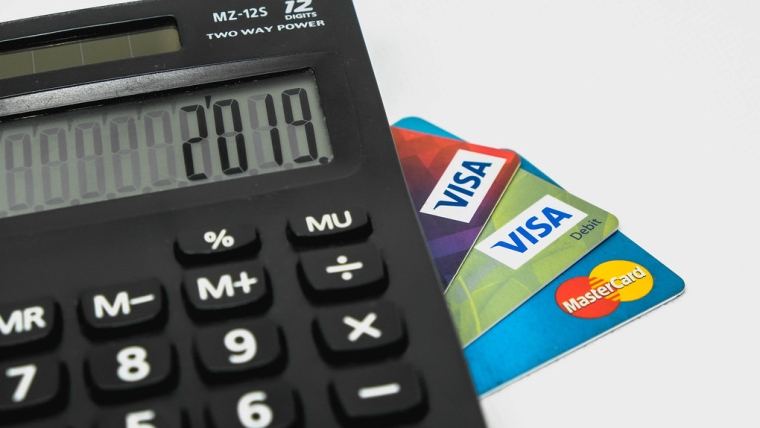
Every credit card bill you get will tell you the total amount you owe on your account, and the "Minimum Payment Due".
Unless you pay the total amount due, you will be charged interest.
You seem to have two choices offered - pay the full amount, or pay the minimum amount due.
Of course, you can always pay any amount in between.
If you choose to pay the minimum amount stated - BEWARE. You are choosing an incredibly expensive option.
Credit card statements rarely reveal the bank's minimum payment rules for easy reference. In the table to the right below we have provided some links.
But even after reading those, you are unlikely to realise the full extent of the costs you are setting yourself up for.
The real problem is that minimum payment amounts are generally set too low. They look good, and are easy to choose without breaking the credit card company rules*. BUT THEY ARE A TRAP.
Each time you make a minimum payment, almost all goes to pay the interest incurred and only a tiny fraction goes to pay the purchases you charged (the proportion depends on your credit card rules). And each month (if you don't add any new purchases) the minimum amount due falls by a similar small fraction.
Credit Card Calculator
The result is, just paying minimum payment amounts could mean you will take 50+ years (yes, years) to pay off your original purchase, and the interest you will have paid will be vastly higher than that original purchase.
This calculator shows the impact of the minimum payment choice.
It uses each bank's specific card payment rules.
Notice that the more you owe, the longer it will take to pay it off.
| minimum payment ... | ||
| greater of | or | |
| ----------- | ---------- | |
| ANZ | 3% | $10 |
| ASB | 3% | $10 |
| BNZ | 2% | $25 |
| Kiwibank | 5% | $10 |
| TSB | 5% | $10 |
| Westpac | 2% | $5 |
Minimum payment amounts for standard credit cards range from 2% of the closing balance (ANZ, BNZ, Westpac) to 5% (Kiwibank, TSB). All banks also have a minimum $ amount that will apply, ranging from $5 (ANZ and Westpac) to $25 (BNZ).
Bigger is always better - no exceptions.
And this is why.
A $2,000 charge on an ANZ or Westpac standard Visa or Mastercard , if you pay it off at the bank's minimum payment amount, will take 16 years to clear, and you will have paid $4,404 over that time. That is outrageous in our opinion, and a slam-dunk reason why you should never just pay the minimum amount.
On a similar basis, with the BNZ, you will take twenty years and it will cost $7,142 for that $2,000 original purchase.
For the National Bank, it's 15 years 3 months, paying $4,228.
For the ASB, it's 14 years ten months, paying $4,109.
For Kiwibank, it's 7 years and 7 months, paying $2,870, and for TSB its 7 years and 3 months paying $2,749.
There is a huge difference between ANZ and Westpac on one hand, and TSB on the other.
But let's not disguise the fact that taking seven years to pay off a credit card debt is a rubbish thing to do.
If you are just paying the minimum payment, chances are you have also been adding to the amount you owe with additional purchases. If that is the case, you are going backwards fast and in an even worse situation.
Use this calculator to set a target to pay it off in a reasonable time period. Rule #1 - don't add anything more to the card. Rule #2 - stick to the higher payment amount you choose.
Unless you pay them off in full each month, credit cards are generally a poor funding choice. Banks find their credit card divisions are among the highest returning parts of their business - and that's because of the types of figures we have set out above.
----------------------------------
* Banks argue that you should use the minimum payment facility occasionally, and only when absolutely necessary. But when have you heard a bank actually advise that?